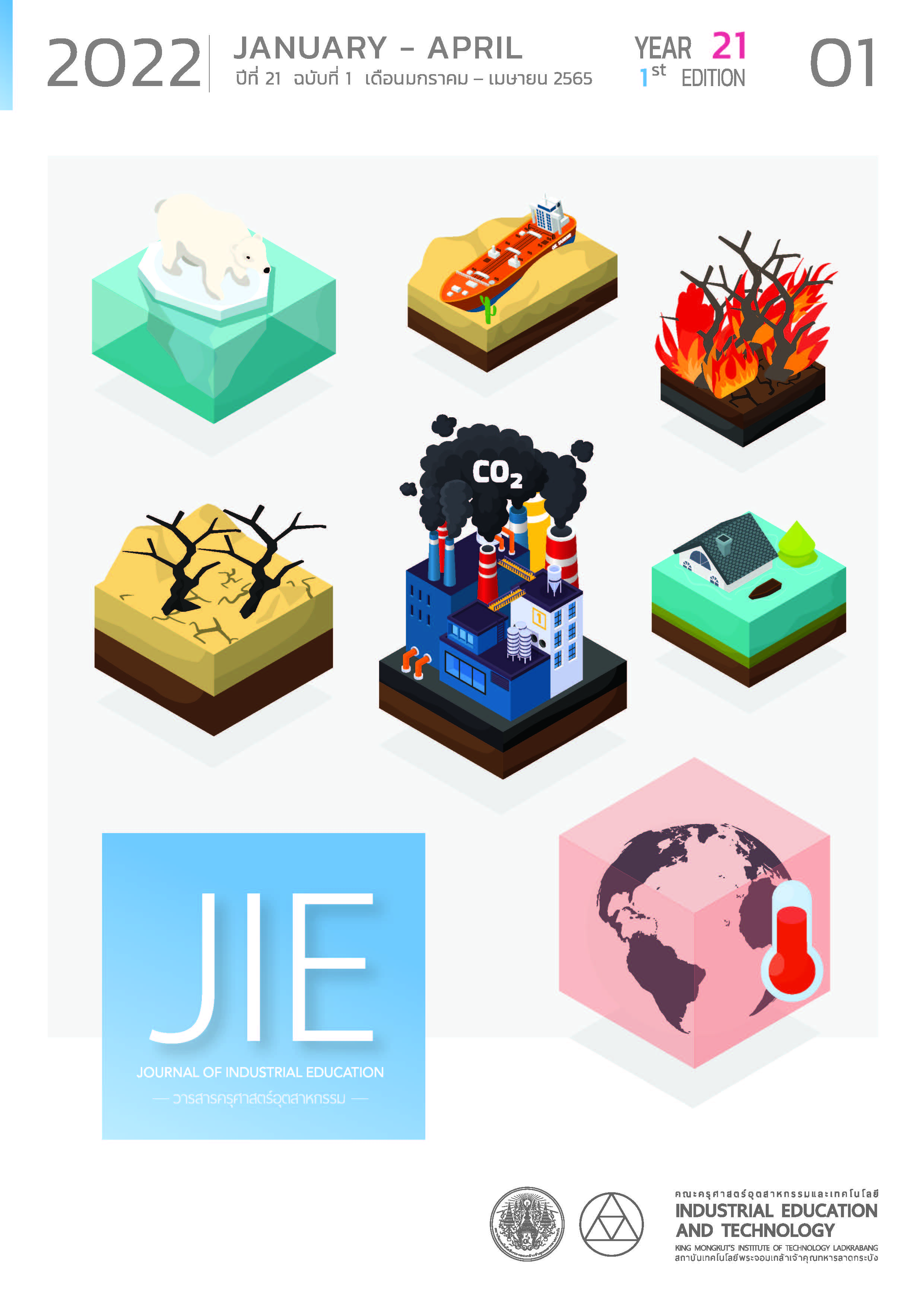PRODUCT DESIGN FOR PHYSICALLY FACILITATE THE ELDERLY DEVICE TO HELP WALK UP AND DOWN STAIRS
Keywords:
Product design, Capacity, The elderlyAbstract
The device for physically facilitate the elderly to walk up and down stairs is designed to solve problem of the elderly who cannot conveniently walk up or down stairways because of knee pain. The device is designed within the conceptual framework of theory of good industrial design which is composed of usefulness, beauty, convenience to use, safety, and durability. The appropriateness of the device is assessed by three experts in the matters related to the elder. The samples are the elderly people in Yan Nawa District, consisting of 30 samples from the elderly’s school who test the use of the device and 70 samples who give opinion on their satisfaction towards the device. The research tools are the questionnaire for the experts, questionnaire on the trial of the device, and questionnaire on satisfaction with the device. The statistics used are percentages, means, and standard deviations. The outputs from the design are the devices with the height of the step that is inferior to a normal stairway step or not higher than 15 centimeters. Finding that model 2 is the most appropriate ( = 4.03, S.D. = 0.55), which means it is at a high level. The models of devices with the height of step of 11 centimeters, 13 centimeters, and 15 centimeters are built and used for walking up and down of a stairway of five steps before assessing the satisfaction. The findings from the trial show that the elder who cannot lift legs conveniently or have knee pain when used the device with step of 13 centimeters height uses the least time stepping up and down the stairways (
= 20.79, S.D = 2.26), which means the device with the step of this height is the most appropriate of all. From the assessment of satisfaction, it is revealed that the overall device that is designed on the basis of all the components of the theory of designed is satisfied (
= 4.12, S.D = 0.19), which means the satisfaction in high level.
References
Amput, P., & Wongphon, S. (2020). Effect of coconut-shell-stepping exercise on balance ability of elders. Srinagarind Medical Journal, 35(2), 199-202. (in Thai)
Antonio, P. J., & Perry, S. D. (2014). Quantifying stair gait stability in young and older adults with modifications to insole hardness. Gait & Posture, 40(3), 429-434.
Bureau of Environmental Health. (2015). Providing an environment suitable for the elderly. Veterans Relief Organization. (in Thai)
Charungchitsunthon, W. (2005). Theory and concept of design. Appa. (in Thai)
Department of Mental Health. (2013). 5 Dimensions of guide to happiness for the elderly (6th ed.). Agricultural Cooperative Association of Thailand. (in Thai)
Egwutvongsa, S. (2016). thinking for industrial product development. Mean Service Supply. (in Thai)
Jarutach, T., Kespichayawattana, J., Lormaneenopparat, S., & Sirisuk, K. (2005). The minimum standard of environment and housing for Thai elderly. Thailand Research Fund. (in Thai)
Muangmool, J. (2018). The knee osteoarthritis pain level of elderly. Journal of Disease Prevention and Control: DPC. 2 Phitsanulok, 5(2), 60-67. (in Thai)
National Statistical Office. (2018). Report on the 2017 survey of the older persons in Thailand. Text and Journal Publication. (in Thai)
Peters, S. (2013). Human and design. Odeon store. (in Thai)
Saributra, A. (2006). Industrial design technology. Odeon store. (in Thai)
Silpcharu, T. (2020). Research and statistical analysis with SPSS and AMOS (8th ed.). Business R&D. (in Thai)
Suksod, T. (2001). Industrial product design. OS Printing House. (in Thai)
Downloads
Published
How to Cite
Issue
Section
License
Copyright (c) 2022 Journal of Industrial Education

This work is licensed under a Creative Commons Attribution-NonCommercial-NoDerivatives 4.0 International License.
"The opinions and contents including the words in papers are responsibility by the authors."
"ข้อคิดเห็น เนื้อหา รวมทั้งการใช้ภาษาในบทความถือเป็นความรับผิดชอบของผู้เขียน"



